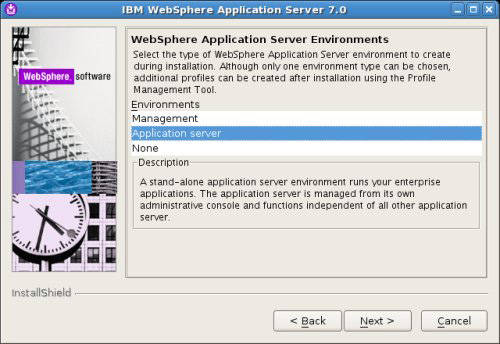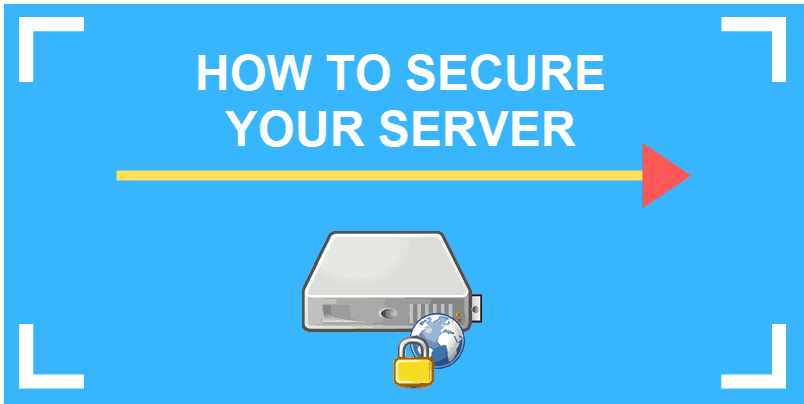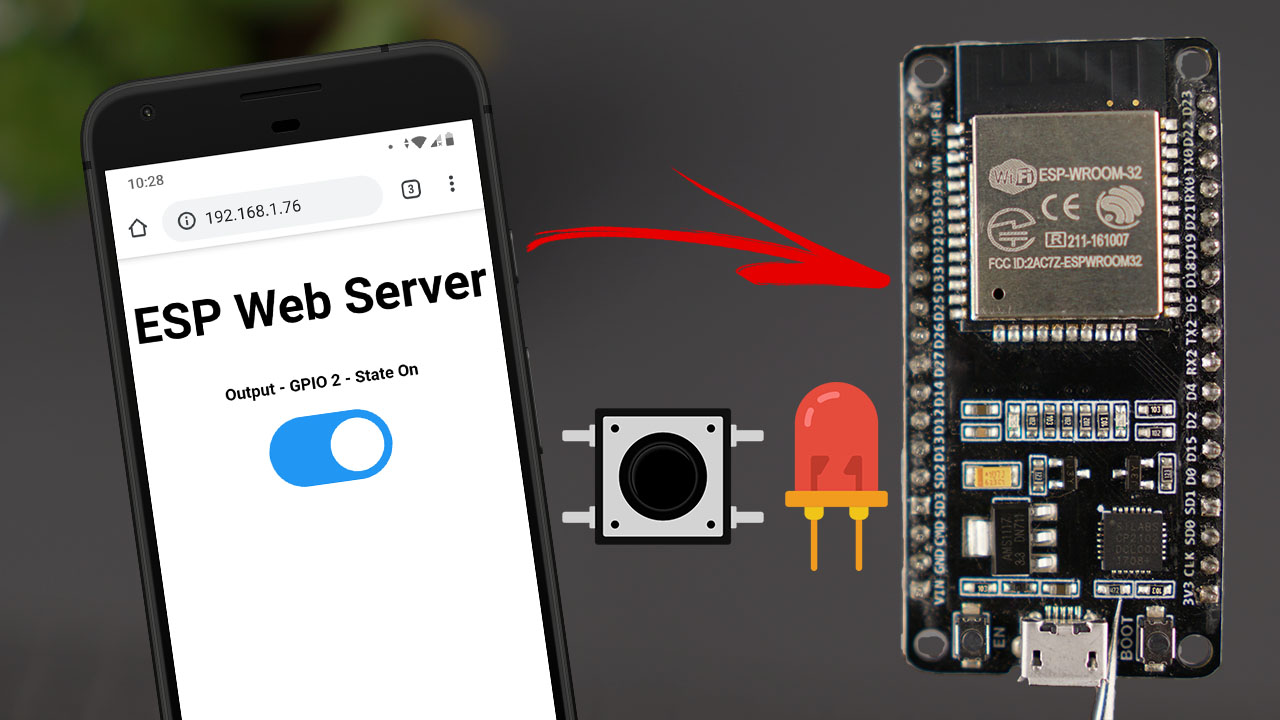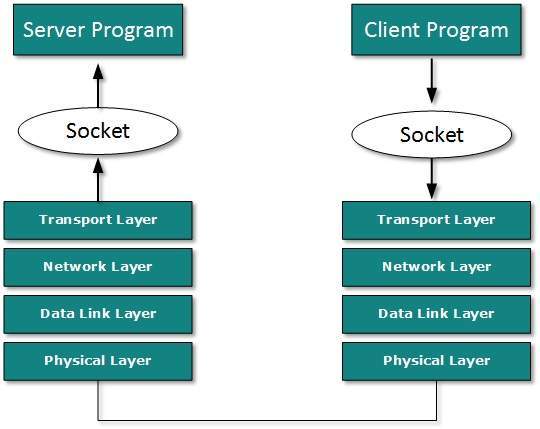How Do I Identify CPU 1 on HP Server Motherboard Tutorial
How do I identify cpu 1 on HP server motherboard? In this tutorial, I will show you how to identify it using Diagnostics and Troubleshooting. You can find more information on this page. This tutorial also covers other important topics, such as troubleshooting and identifying the motherboard. This article was written by a professional IT professional. It is not an easy task to identify the CPU on HP server motherboard. So, it is imperative to know the motherboard’s model to avoid the error.
Identifying cpu 1 on hp server motherboard
You can identify the CPU 1 on the HP server motherboard by using the Alphanumeric part number. If you don’t know the part number of the chip, you will need to look it up online. This may be a difficult task because many chips don’t have clear part numbers. If you are unsure of the chip’s identity, you can try the following steps. These steps will help you locate the chip and resolve the fault.
Troubleshooting
If you have a troubleshooting question about a component of your HP server, you may need to take a look at the CPU. When it fails to boot, you may hear a beep or a shorted circuit. If you are not able to locate this beep, try restarting the computer, then reinstalling the chip. If the beep still continues, the CPU is probably the culprit and you will need to replace the motherboard.
If you are unsure whether your CPU is to blame, try checking your BIOS settings to see if they are causing the problem. Most recent systems use BIOS-based configuration settings, but if you cannot find them, you can try removing and reseating each memory module. If you notice corroded contact points, you can clean them using a contact cleaner. If the problem persists, you can try upgrading the BIOS or RAM. Make sure that you have the proper voltage for your system.
Diagnostics
To find out what’s wrong with your HP server’s CPU, you can check the fault LEDs on the CPU itself. You will see them if AC power is connected. If they’re not lit, look for a motherboard fault LED on the CPU. If it’s lit, you’ve found the source of the fault. The next step is to isolate the problem. In some cases, you can identify a CPU fault by the fault LEDs on the CPU and mezzanine board.
If one of the DIMMs is out of the operating system’s memory, a CPU fault LED will illuminate on the motherboard. This LED will flash for a minute or so when the system is turned off. If it’s lit and the motherboard has a fault, then the DIMM is faulty. If the motherboard has a fault, the mezzanine board is also faulty.





